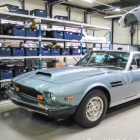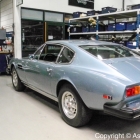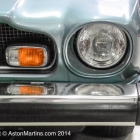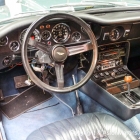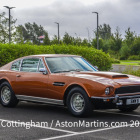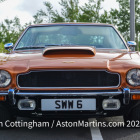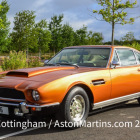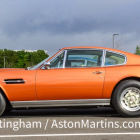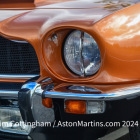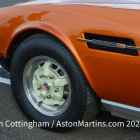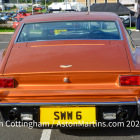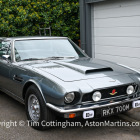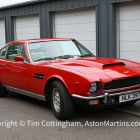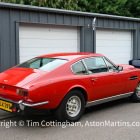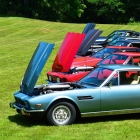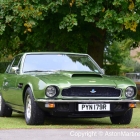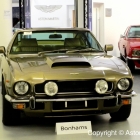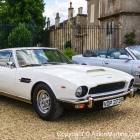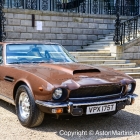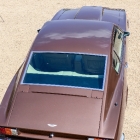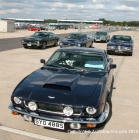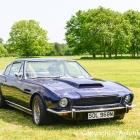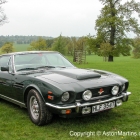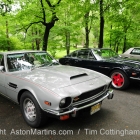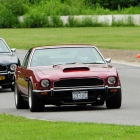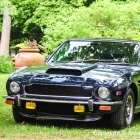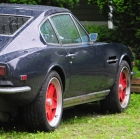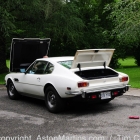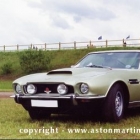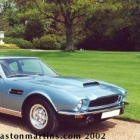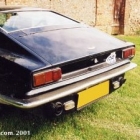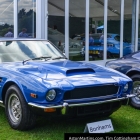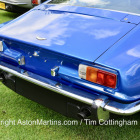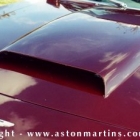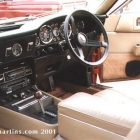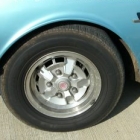Externally the Weber carburettor V8 featured a noticeably larger air intake and bulge extending to back of the bonnet to cover the four twin choke 42 mm Webers and airbox. Another change to the body which allows for easy identification of these cars and beyond is the panel below the rear screen. Previously this panel had louvers but these were deleated and the panel and gained a small lip just above the boot lid. There were many other detailed improvements to the car with revised front seats, revised switches, improved cooling to engine and transmission plus a new fuel tank which gave more luggage space.
Initially performance was still very impressive from the 310 bhp 5.3 litre engine. The automatic car could top 146 mph and hit 0 to 60 mph in 6.2 seconds (Autocar, Sept 1973). The manual was even quicker at 155 mph and 5.7 seconds (Motor, Sept 1973). Although as emission regulations became tighter, peak power output fell to around 280bhp and performance suffered. Thus in January 1977, the engine was modified to ‘Stage 1’ tune with new camshafts, and an exhaust system developed for the V8 Vantage. Just occasionally, these cars are referred to as V8 ‘S’. This went someway to restoring the power output to a more respectable 304bhp.
The GKN alloy wheels on the V8 are of two basic types. The earlier type, with a ridge around the circumference takes tubed tyres whereas the later type has a smooth rim.
The interior picture below illustrates the cockpit of a 1973 V8 photographed during Coys Auction at Silverstone, 1998. It features a traditional combination of stone Connolly Hide and Wilton carpets. Note the lack of walnut veneer – wood in an Aston Martin is a relatively new phenomenon seen on a small number of late Weber carb V8’s and on most cars since the ‘Oscar India’ V8 upto the end of DB7 production.
The gallery below shows a very rare 1974 North American spec AM V8 complete with period 5 mph impact bumpers. Many cars built like this have, perhaps sensibly, been converted to the lighter weight and more aesthetically pleasing European chrome bumpers. Not this car (yet) which has spent all of it’s life in Canada. Delivered very late in 1974, it was one of, if not the last AM V8 delivered in North America prior to the factory stopping production.
Production of the V8 was interrupted for over a year between December 1974 and Spring 1976, when the company hit financial difficulties.
The car below featured on the AML stand at the 1974 Earls Court Motorshow. It still carries the eye catching Rich Gold coachwork NS has the plate, SWW 6, which was previously owned by William Wilson the chairman of AML up until the company fell into administration at the end of 1974.
In total, 967 examples were produced until the much improved Oscar India was introduced in October 1978. These are the most numerous of all the AM V8 ‘series’ with many more examples than previously built for export with left hand drive.




